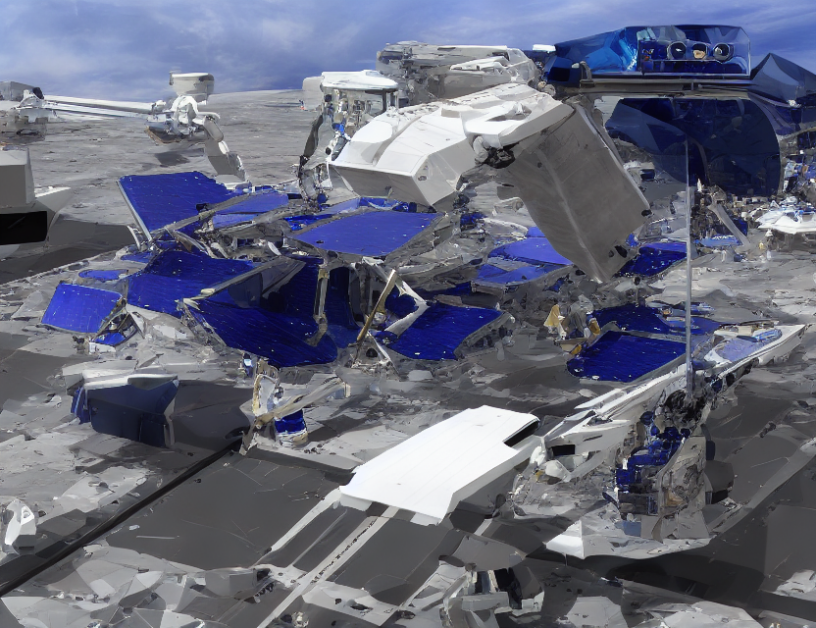In this article, we explore the latest advancements in space debris removal technologies, which aim to tackle the growing problem of untracked space junk orbiting Earth. As satellite constellations and human spaceflight missions proliferate, retired satellites and collisions have generated an exponential increase in space debris, posing collision risks to new launches and potentially causing catastrophic cascading failures. To address this challenge, researchers are developing swarms of satellites that can map the geometry, assess motion, and structural condition of target objects, identify potential capture points, and plan maneuvers to stabilize the target’s spin. Machine learning technologies are crucial for replicating human abilities in these tasks.
To begin with, the article defines space debris and its impact on new launches. Space debris refers to any man-made object in Earth’s orbit, including retired satellites, rocket parts, and even small objects like paint chips and foam rubber. The exponential growth of untracked space debris poses significant collision risks to new launches, which could lead to a cascade of catastrophic failures.
Next, the article discusses the importance of accurately mapping the geometry of target objects. This is crucial for identifying potential capture points and planning safe approach routes. To achieve this, researchers are developing machine learning algorithms that can recognize satellite components in real-time, using techniques like YOLO-V5. These algorithms are essential for replicating human abilities in these tasks.
The article then turns to the concept of swarms of satellites, which are being developed to tackle space debris removal. These swarms will consist of numerous small satellites that can work together to map the geometry, assess motion, and structural condition of target objects, identify potential capture points, and plan maneuvers to stabilize the target’s spin. The complexity of these operations necessitates the application of machine learning technologies, as humans cannot perform these tasks alone.
The article then provides examples of specific missions that are currently under development. For instance, the ELSA-d End-of-life Debris Removal Mission aims to demonstrate the feasibility of removing debris from orbit using a constellation of small satellites. Another mission, called ASCEND, is focused on developing technologies for feature recognition and flightpath planning around non-cooperative resident space objects.
Finally, the article concludes by highlighting the potential benefits of these advancements in space debris removal technologies. By removing untracked space debris from orbit, we can reduce collision risks to new launches and prevent a cascade of catastrophic failures. These technologies also have the potential to enable new applications like satellite refueling and repair, which could revolutionize the space industry as a whole.
In conclusion, this article has demystified the latest advancements in space debris removal technologies, highlighting their importance for ensuring safe and sustainable operations in Earth’s orbit. By leveraging machine learning algorithms and swarms of satellites, we can tackle the growing problem of untracked space junk and pave the way for a new generation of space exploration missions.
Computer Science, Computer Vision and Pattern Recognition
Accelerating Space Debris Removal Efforts through Autonomous Robotic Servicing



